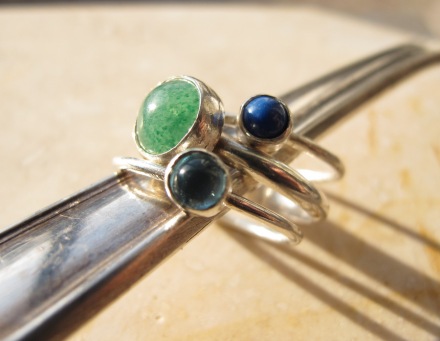Some of us are from the ‘Baby Boomer’ generation. For our generation, using the internet for marketing purposes can seem like an insurmountable obstacle at times. This post takes a hard look at one of those obstacles and how it can be conquered…at least to the extent possible.
You’re probably quite an accomplished web surfer, maneuvering your way through various shopping websites, YouTube videos and even managing your own Pinterest and Instagram accounts! You’re coasting along just fine, then the unthinkable happens…you do not understand the words you’re hearing or reading. No, it’s not due to the fact that you’re uneducated…in reading, writing and arithmetic. Baby Boomers must admit that the education associated with todays web and social media marketing is geared toward those much younger than ourselves.
So, what’s a savy, self taught, modern day web entrepreneur to do? Of course, you could ask ‘Google’ or spend hours searching blogs for an understandable answer or solution. I will admit, that’s what I did…to begin with. After I completely exhausted myself, I gave in and decided that I could not solve my social media marketing problems by myself. So I did what I should have done in the beginning…I texted my very intelligent step-daughter and asked for help! You see, she’s from the Gen Y or Millennial generation. She is also employed in promoting social media driven advertising.
After she poked around the the social media account I was having trouble with she came to this conclusion: the issue is with the social media platform itself, not me! Elation!!! Jubilation!!! I’m currently waiting for an answer to the ticket she created in my behalf.
The morale of the story is (as we were taught when watching “Leave It To Beaver”) always do your best to solve your own problems, don’t give up and ask for help when needed…preferably ask a Gen Y or younger.
That’s my story and I’m sticking to it! I hope your social media and website marketing adventures are all a simple hop, skip and a jump!
Thanks for tuning in!
Yours truly,
Samra








 Sizing a ring is pretty easy. It just takes a little applied mathematics. First, determine the inner diameter of the desired ring size. Then, take the inner diameter, add the thickness of your wire and multiply by pi…3.14.
Sizing a ring is pretty easy. It just takes a little applied mathematics. First, determine the inner diameter of the desired ring size. Then, take the inner diameter, add the thickness of your wire and multiply by pi…3.14.